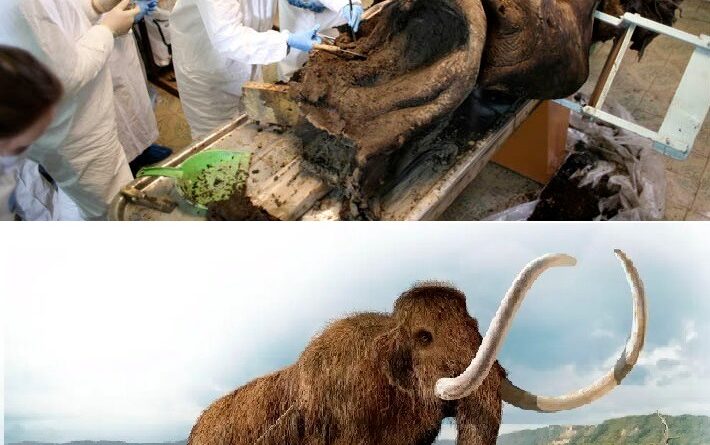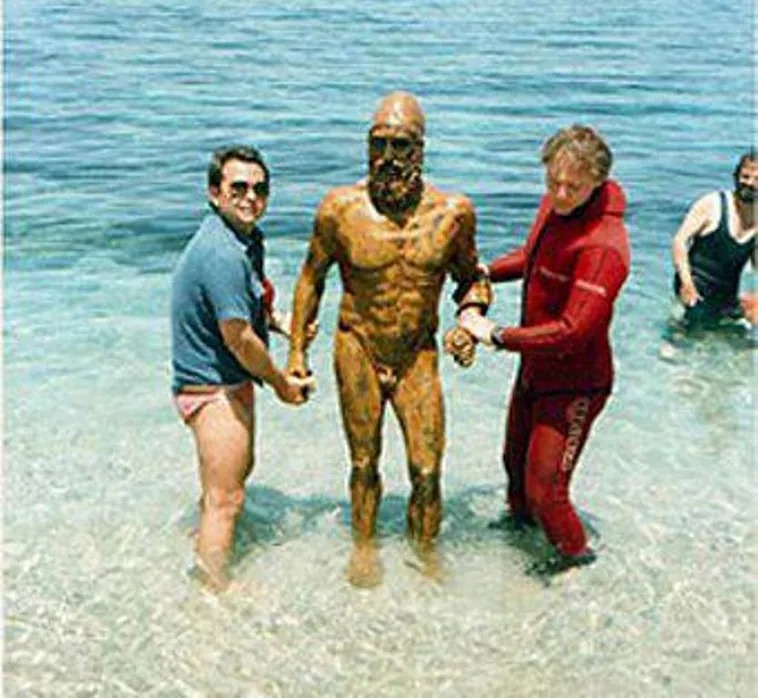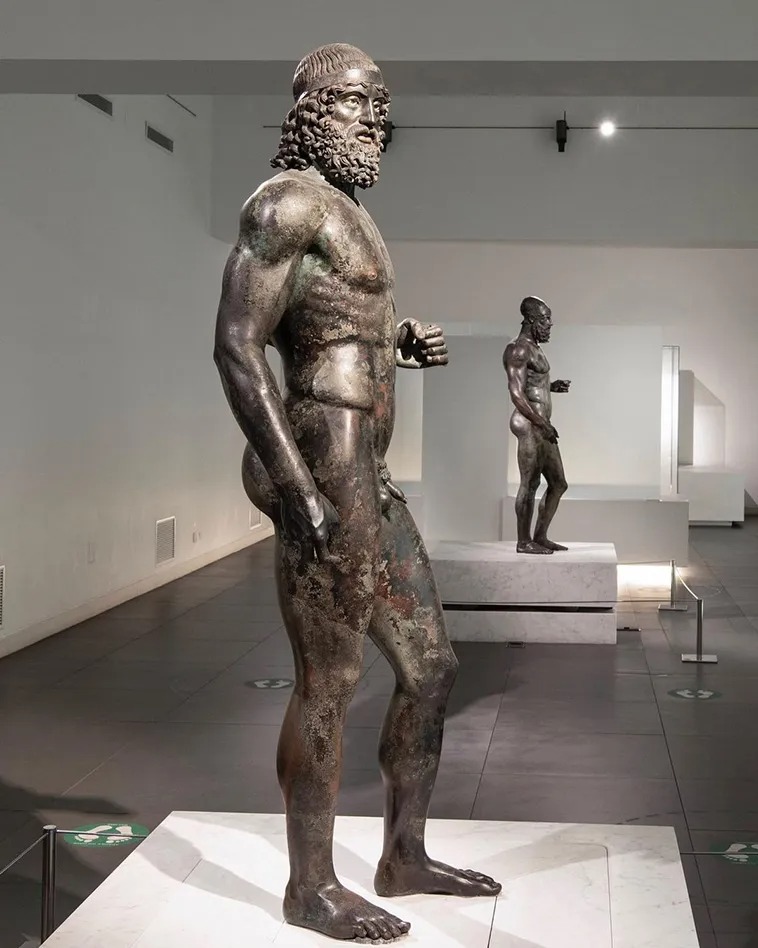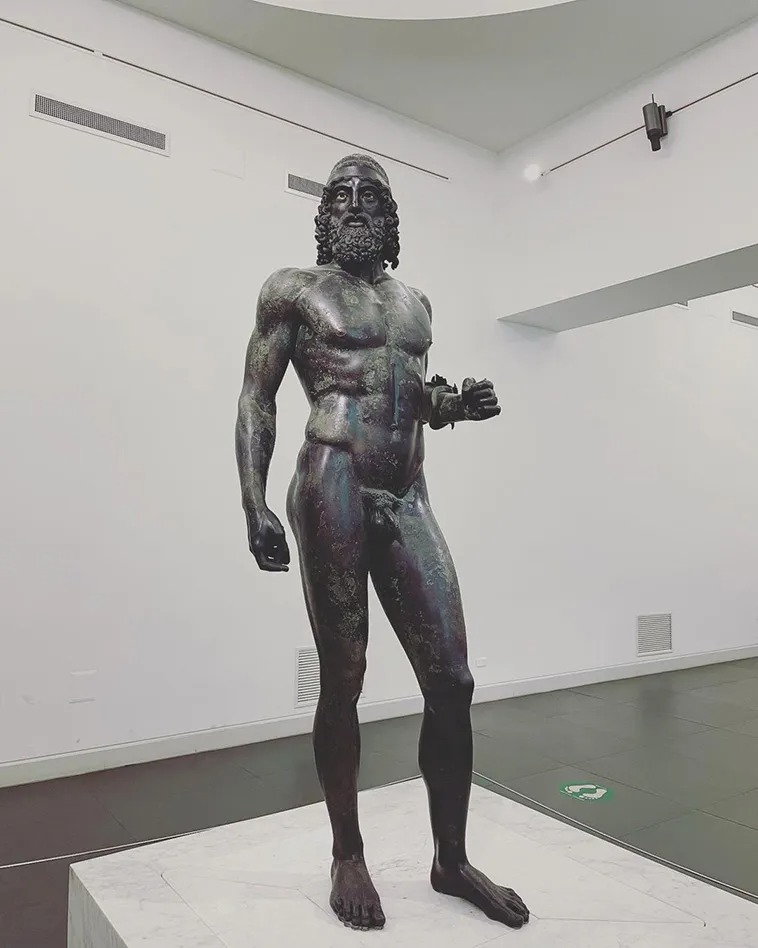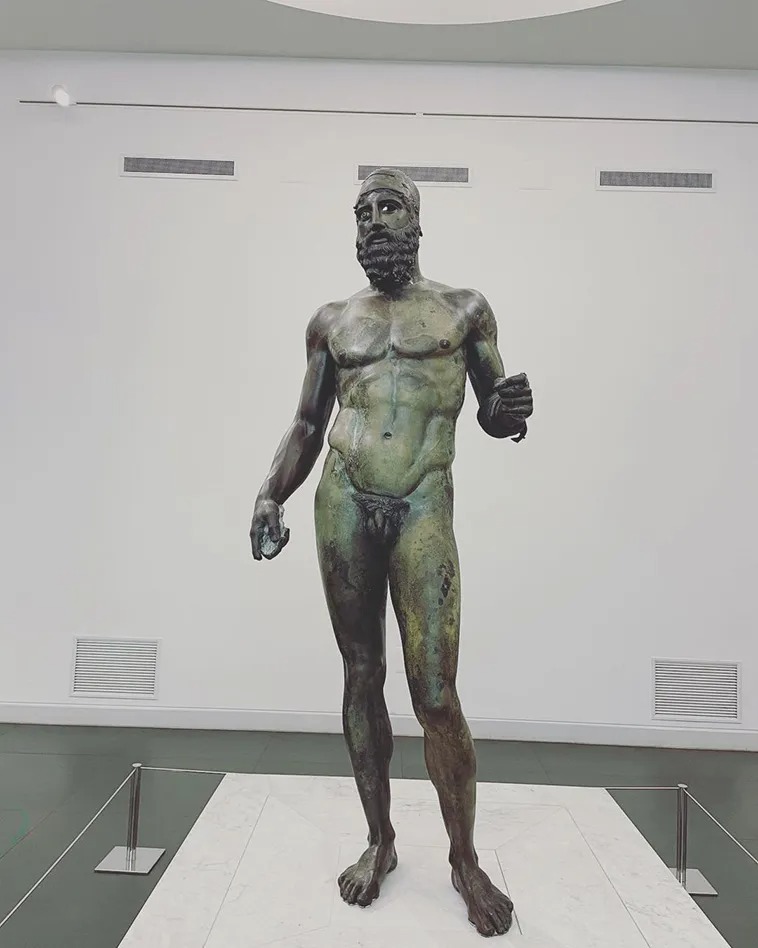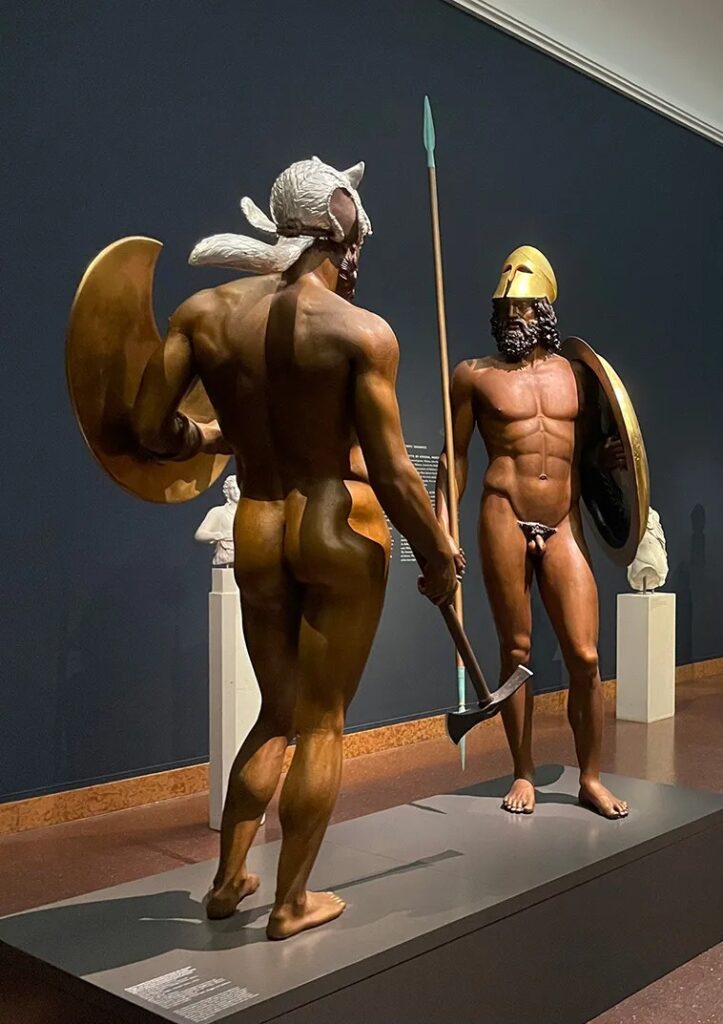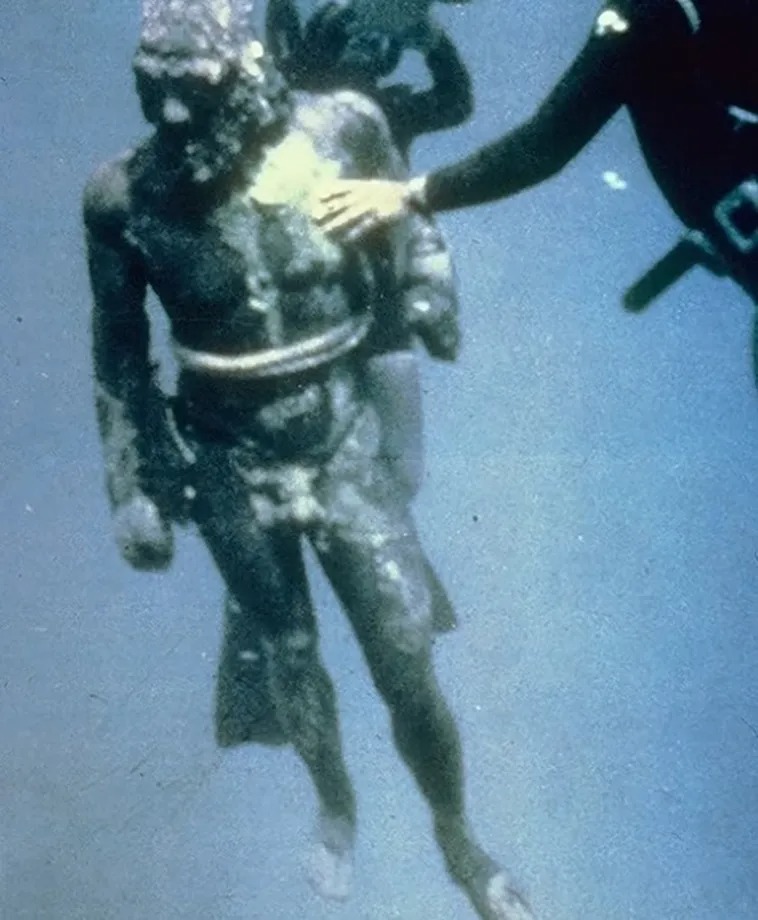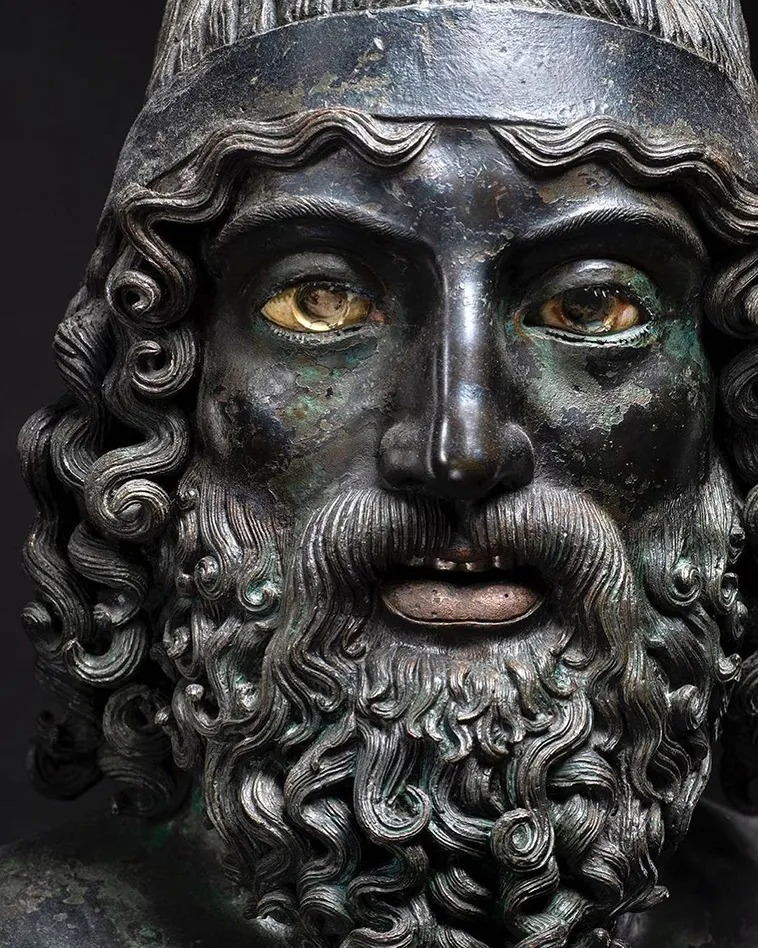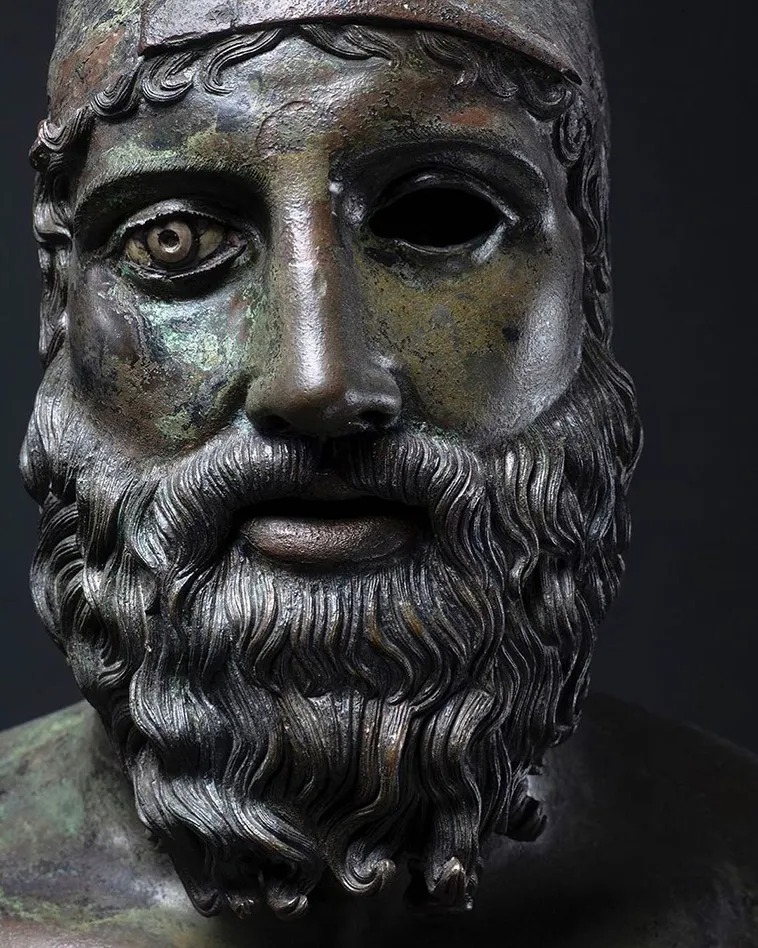The Riace Bronzes: The Mysterious and Magnificent Ancient Greek Sculptures from the Depths of the Sea
The Riace bronzes are a pair of ancient Greek bronze sculptures that were discovered in 1972 by Stefano Mariottini while he was diving near the coast of Riace, a small town in southern Italy. These iconic sculptures, dating back to the 5th century BC, are considered some of the finest examples of Greek classical sculpture in existence.
The Riace bronzes consist of two life-size male figures, one known as “A” and the other as “B”. The two sculptures are both depicted in contrapposto, a pose that was popular in ancient Greek sculpture where the weight of the body rests on one foot while the other is relaxed. The figures are muscular and athletic, with highly detailed anatomy and facial features.
The discovery of the Riace bronzes was a remarkable event, not only because of their age and quality but also because of the mysterious circumstances of their discovery. The sculptures were found by chance, lying on the seabed covered in marine life, after centuries of being lost to the sea.
The Riace bronzes have since become one of Italy’s most treasured cultural artifacts and have been displayed in museums throughout the world. They have also been the subject of numerous studies and analyses, including tests to determine their composition, age, and the techniques used to create them.
Despite their fame and importance, the Riace bronzes have faced some controversy over the years, including concerns over their preservation and restoration. In 2010, the sculptures were removed from display at the National Museum of Reggio Calabria due to concerns about the state of their restoration.
The Riace bronzes continue to fascinate and inspire people today, as they have for thousands of years. They serve as a testament to the skill and creativity of the ancient Greeks, and as a reminder of the enduring power of art and culture to transcend time and space.
